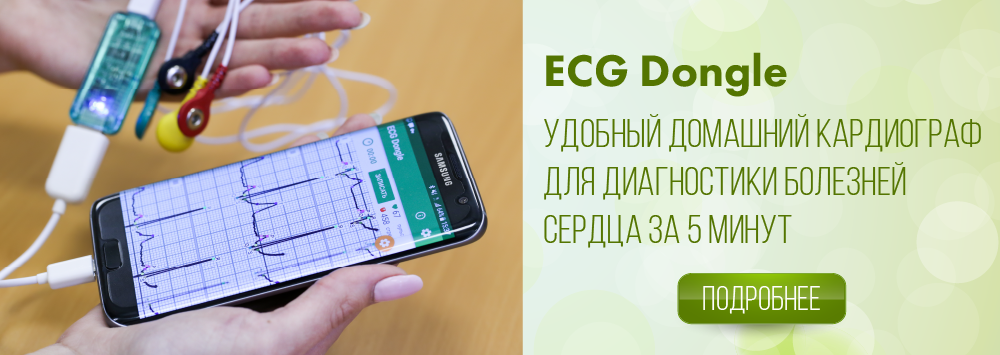Stenocardia
Stenocardia (angina pectoris) (from ancient Greek, στενός - "narrow, narrow, weak" + ancient Greek καρδία - "heart"), (obsolete “angina pectoris”) is a clinical syndrome characterized by a painful sensation or feeling of discomfort behind the sternum. Pain appears suddenly with physical exertion or emotional stress, after eating, usually irradiates to the area of the left shoulder, neck, lower jaw, between the shoulder blades, the left subscapular region and lasts no more than 10-15 minutes. Pain disappears when physical activity stops or short-acting nitrates are taken.
Classification of angina pectoris
- Stable exertional angina pectoris (I-IV functional class)
- Unstable angina pectoris:
- The first arising angina pectoris (in the previous 28-30 days)
- Progressive angina pectoris
- Early postinfarction, postoperative angina pectoris
- Spontaneous (vasospastic, variant, Prinzmetal) angina pectoris
Clinical picture
Most patients with stenocardia feel discomfort or pain in the chest. Discomfort is usually pressing, compressive, burning nature. Often, such patients, trying to describe the area of discomfort, apply a clenched fist or an open palm to the chest. Often the pain irradiates to the left shoulder and the inner surface of the left hand, neck; less often - in the jaw, teeth on the left side, right shoulder or arm, interscapular area of the back, and also in the epigastric region, which can be accompanied by dyspeptic disorders (heartburn, nausea, colic). Very rarely, pain can be localized only in the epigastric region or even in the head region, which makes diagnosis very difficult. Stenocardia usually occurs with physical exertion, intense emotional excitement, after taking excessive amounts of food, staying in low temperature or increasing of blood pressure. In such situations, the heart muscle needs more oxygen than it can get through the narrowed coronary arteries.

